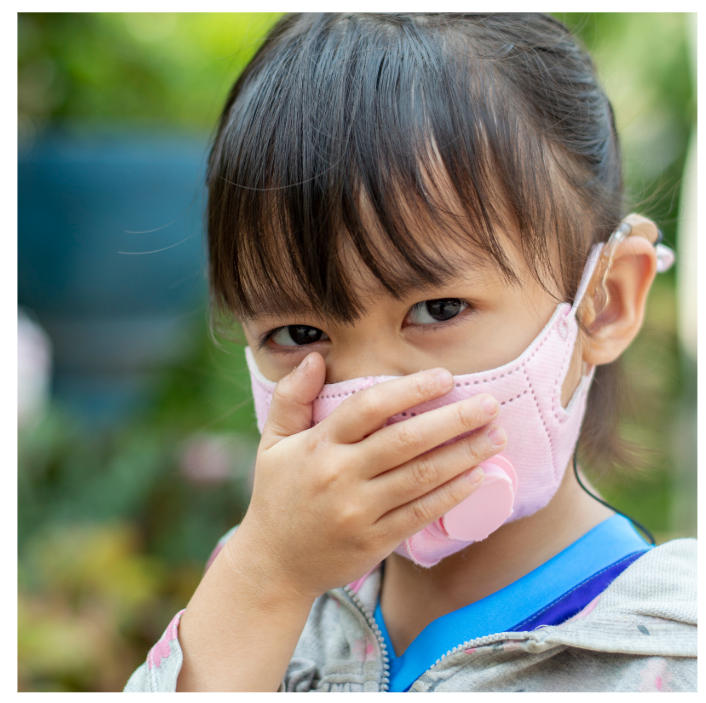As the COVID-19 pandemic continues to impact lives, communities, and economies globally, it is exposing the housing crisis more than ever as families are instructed to #StayAtHome and #shelterinplace to help curb the spread of this viral disease – arguably the worst public health crisis in recent times.
With an estimated 1.6 billion people already living without adequate shelter—of which nearly 1 billion are in informal settlements - the WHO recommended course of action for preventing, containing and mitigating the spread of COVID-19 from human to human could potentially be a death trap to many.
With people now spending extended periods of time in their homes under enhanced community quarantine, the issue of Indoor Environment (IE) also comes to fore. This is because IE has a significant impact on health and quality of life in general as poor indoor air quality can be harmful to vulnerable groups such as children, the youth, the elderly, or those suffering chronic respiratory and/or cardiovascular diseases.
IE can be damaged by poor choice of building materials, structural risks, and poor ventilation practices. This therefore calls for buildings that are well designed, constructed, and operated in order to contribute to positive outcomes with respect to health, well-being, and prosperity. The design of our homes should consider the needs of vulnerable populations – especially those with health conditions and senior citizens.
In addition, systems that govern the built environment will need to be improved if another pandemic is to be averted or contained so that the next pandemic does not unequally impact the most vulnerable.
